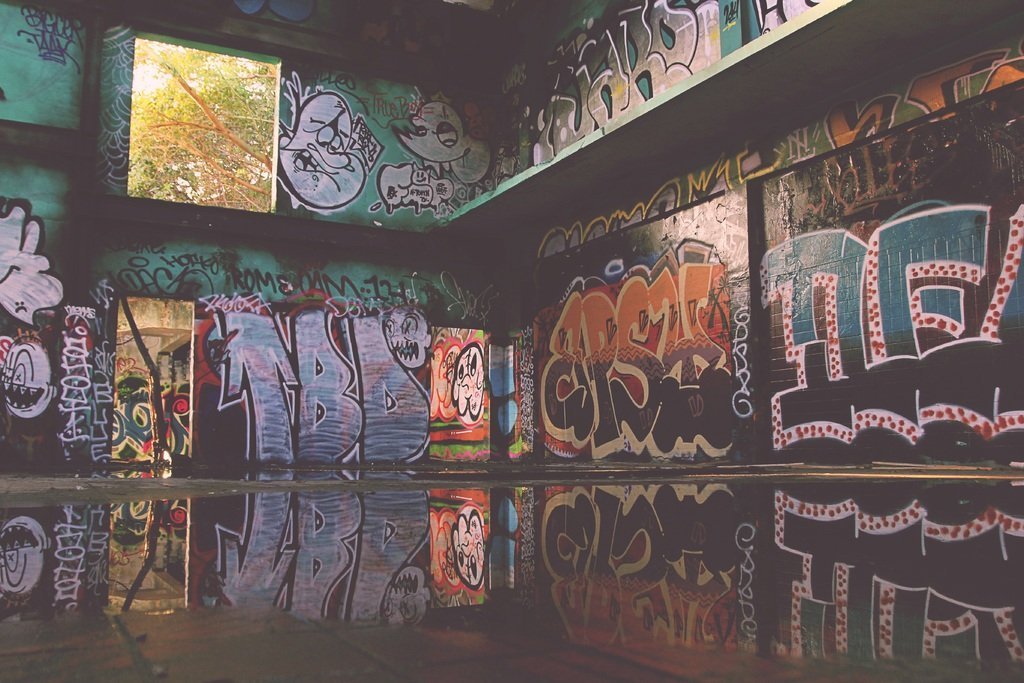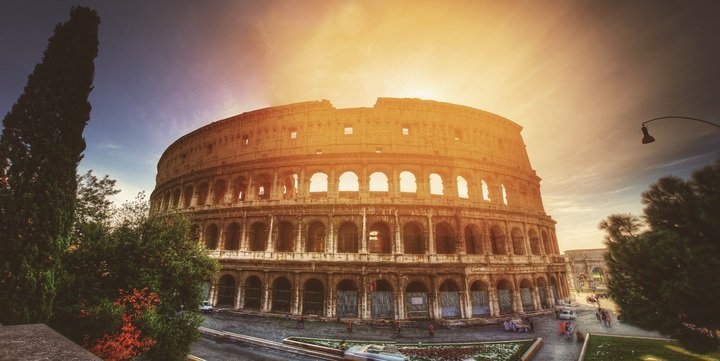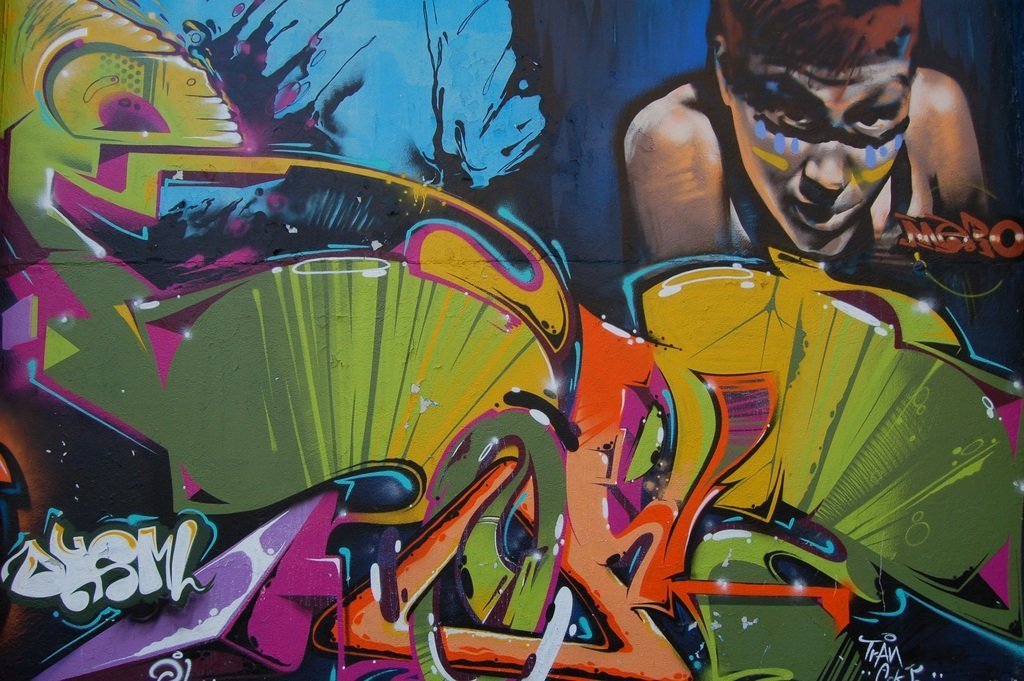Photography is constantly evolving, influenced by advancements in technology, shifts in creative direction, and changes in how we perceive and share visual content. As we move into 2025, the world of photography is poised for even more exciting developments. From cutting-edge camera technology to new artistic trends, the future of photography promises to be dynamic and ever-changing.
Here’s a glimpse into the top photography trends for 2025 that are likely to shape the way we capture and experience images:
1. AI-Powered Photography
Why It’s Important:
Artificial intelligence (AI) continues to revolutionize the world of photography. From camera systems that automatically adjust settings for optimal shots to editing software that can instantly enhance images, AI is making the photography process more intuitive and powerful than ever.
- AI in Cameras:
- Real-time image enhancement: Cameras are now able to use AI to adjust lighting, contrast, and exposure instantly to create perfect shots without manual intervention. This means both amateur and professional photographers can achieve stunning results with minimal effort.
- Facial and Object Recognition: AI algorithms are increasingly able to recognize faces, objects, and even emotions, allowing for more precise autofocus and creative effects, such as changing backgrounds or enhancing specific elements of a photo.
- AI Editing:
- Automatic photo editing: AI-powered tools like Adobe Photoshop’s Sensei or Skylum’s Luminar Neo can suggest or make edits based on the content of the image, such as enhancing skin tones or adding artistic effects.
- Style transfer: AI tools will likely allow photographers to easily transform their images into different artistic styles (think turning a photo into a painting or adding a vintage film grain) without needing deep editing skills.
Trend Forecast:
By 2025, we’ll see more cameras and apps that leverage AI to improve image quality, automate adjustments, and even create new, creative possibilities in post-processing.
2. Virtual Reality (VR) & 360-Degree Photography
Why It’s Important:
Virtual reality and 360-degree photography are creating immersive, interactive experiences that go far beyond traditional photography. In 2025, these technologies will become even more integrated into commercial photography, social media, and personal projects.
- Immersive Storytelling:
- Brands and content creators will increasingly use 360-degree cameras to capture entire environments, allowing viewers to virtually step inside a scene. From travel and nature to fashion and architecture, these immersive photos allow people to explore the world in ways traditional images cannot.
- VR photography will be used for everything from virtual tourism to fashion shows, giving audiences the ability to walk through environments and view images in a fully immersive way.
- Metaverse Photography:
- As the metaverse grows, photographers will be capturing virtual worlds, avatars, and 3D environments. This trend will lead to new forms of artistic photography where virtual and real worlds merge.
Trend Forecast:
Expect 360-degree cameras to become smaller, more affordable, and easier to use, pushing for more interactive and engaging experiences in virtual tourism, events, and gaming.
3. Film Revival with a Digital Twist
Why It’s Important:
While digital photography dominates, there’s been a strong resurgence of interest in film photography, particularly among young creators who appreciate the authenticity and grainy texture of film. However, as digital photography continues to evolve, we’re seeing a blend of old-school film techniques with modern digital tools.
- Film Aesthetic in Digital Photography:
- In 2025, expect to see even more digital filters and editing apps that replicate the look of analog film, complete with grain, light leaks, and the warm, imperfect tones that are often associated with traditional film photography.
- Hybrid Photography: Photographers will continue to experiment with combining traditional film with digital tools, blending both formats to produce a more unique, nostalgic aesthetic.
- Film Cameras with Digital Features:
- Some camera brands will develop hybrid film-digital cameras, allowing users to shoot with both traditional film and digital formats. This will be particularly popular for those who want to experience the tactile nature of film with the convenience and flexibility of digital photography.
Trend Forecast:
Film will continue to thrive as a nostalgic and artistic medium, but digital tools will evolve to offer more ways to capture and edit with film-like characteristics.
4. Hyper-Realistic & Augmented Reality (AR) Photography
Why It’s Important:
Augmented Reality (AR) has been creeping into the world of photography, especially in the realms of social media and content creation. With the rise of AR filters and apps, photographers are blending the real world with virtual elements in creative ways.
- AR in Photography:
- Photographers will use AR technology to enhance their images in real time. For example, AR will allow artists to place digital elements like graphics, animations, or special effects directly into their photos, blending reality with fantastical visuals.
- This technology will also enhance product photography, allowing consumers to view products in a live setting through their phone screens before making a purchase.
- Interactive Art:
- Expect photographers to experiment with hyper-realistic AR photography where viewers can interact with an image by using AR technology, offering a much more immersive and personalized experience.
Trend Forecast:
By 2025, AR will become increasingly mainstream, allowing for interactive photography experiences that combine both virtual and real-world elements in fascinating ways.
5. Minimalism and Sustainability in Photography
Why It’s Important:
As sustainability becomes a more pressing concern for the global community, the minimalist photography trend is growing. This style focuses on simplicity and eco-consciousness, using fewer props, natural elements, and simple compositions to convey powerful messages.
- Sustainable Photography Practices:
- Many photographers are opting for eco-friendly materials and sustainable practices in their shoots, from using natural light instead of energy-consuming equipment to sourcing clothing and props from eco-conscious brands.
- Social issues like climate change and sustainability will continue to be central themes in photography, with photographers using their platforms to raise awareness.
- Minimalist Compositions:
- Simple, clean compositions with negative space and muted tones will dominate the photography scene, as they create a sense of peace and focus on the subject matter.
- This trend will extend to fashion, where brands and photographers emphasize minimalism over excessive styling.
Trend Forecast:
Minimalism in both style and approach will continue to dominate, reflecting a growing cultural desire for simplicity, clarity, and sustainability.
6. Drones and Aerial Photography
Why It’s Important:
Aerial photography has been around for some time, but advancements in drone technology have made it more accessible, affordable, and easier to use. By 2025, aerial photography will likely become even more mainstream for both professional and amateur photographers.
- Drone Photography:
- Drones will allow photographers to capture unique perspectives, from sweeping landscapes to urban environments, offering a fresh take on traditional photography.
- Expect advanced stabilization and longer battery life in drones, allowing for higher-quality aerial shots with more control.
- Integration with AI & 360-Degree Technology:
- Drones will be integrated with AI to enable automated flying and image capturing, making it easier for photographers to achieve complex shots without needing advanced flying skills.
Trend Forecast:
Drones will become even more ubiquitous, with improved features such as better camera quality and smarter AI systems, making them a go-to tool for photographers looking to capture expansive, breathtaking views.
7. Photography as a Tool for Social Justice
Why It’s Important:
As social movements continue to gain traction globally, photography is playing an increasingly important role in advocacy and social justice. In 2025, expect more photographers to use their work to address issues like human rights, equality, and diversity.
- Documenting Change:
- Photographers will continue to capture moments of social and political significance, using their images to tell powerful stories of protest, resistance, and social movements.
- Diversity in Representation:
- There will be a greater focus on diverse and authentic representation, with photographers working to highlight marginalized communities and underrepresented voices in their work.
Trend Forecast:
The use of photography as a vehicle for activism will grow, as the medium continues to influence change and shed light on important social issues.
Conclusion: Embrace the Future of Photography
As we head into 2025, the world of photography will continue to be shaped by technological advances, creative trends, and a growing demand for inclusivity and sustainability. Whether it’s through AI-powered tools, 360-degree imagery, or AR-enhanced art, photographers will have more opportunities than ever to explore new ways of seeing and sharing the world.
The future of photography is bound to be dynamic, immersive, and innovative—embrace these trends and stay ahead of the curve as the art of visual storytelling evolves into something truly extraordinary.




